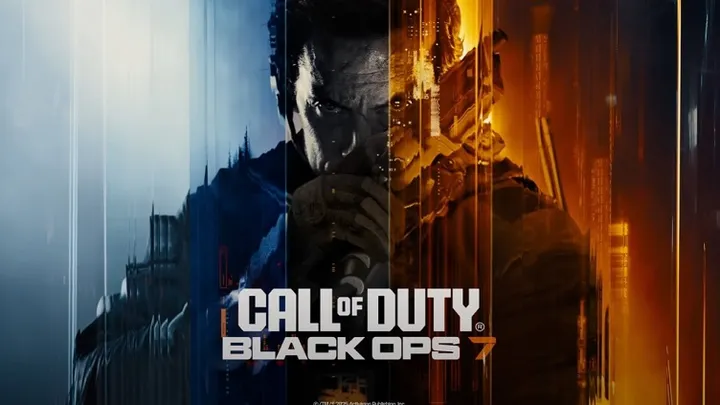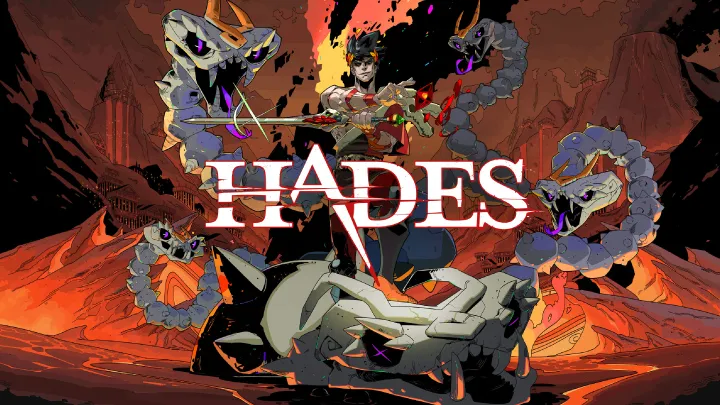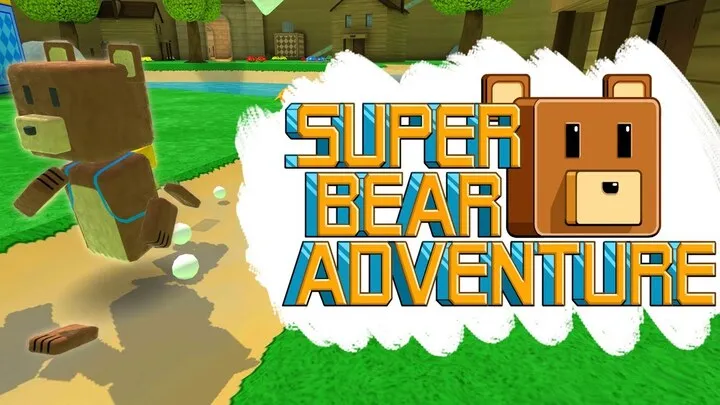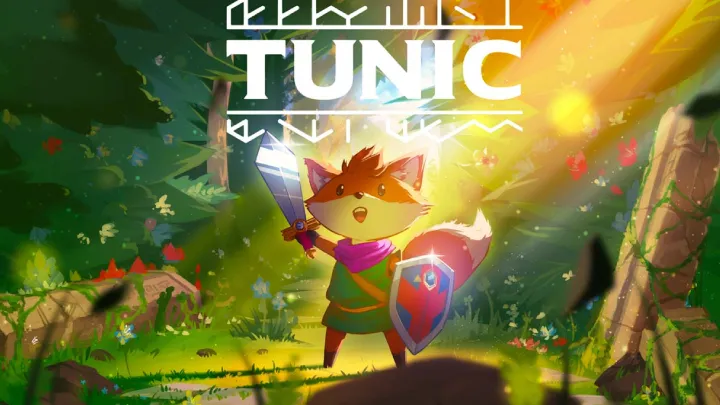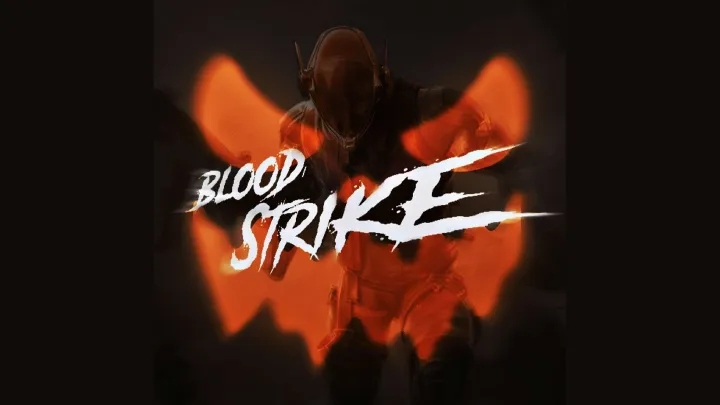Introduction
Last War: Survival, developed by FUNFLY PTE. LTD. and released on December 15, 2023, for Android and iOS, emerges as a gripping mobile strategy survival game set in a post-apocalyptic world overrun by zombies. This title introduces players to the role of a commander tasked with building shelters, assembling teams, and forging alliances to survive the chaos. Priced as a free-to-play game with in-app purchases ranging from $0.99 to $99.99, it gained significant attention through aggressive advertising campaigns and its unique blend of tower defense and hero-based combat. Early feedback highlights its strategic depth and social dynamics, though concerns about microtransactions and advertised gameplay discrepancies persist. This review explores its narrative, world, gameplay, and technical execution to assess its standing as a mobile survival experience.
Narrative & Storytelling
Last War: Survival crafts its narrative through a player-driven framework rather than a traditional campaign. Players step into the shoes of a commander leading survivors in a zombie-infested world, with the story unfolding through mission briefings, alliance chats, and environmental hints like abandoned logs or radio messages. The narrative arc centers on rebuilding civilization, with personal stakes emerging through hero backstories—soldiers with tragic pasts or scientists seeking redemption—revealed as players progress. Seasonal events, such as zombie boss raids or alliance wars, add thematic layers, enhancing the survival tale.
However, the lack of a structured storyline might leave some wanting a deeper plot, as the experience relies on emergent narratives—epic battles, betrayed alliances, or heroic rescues—that evolve with player choices. The storytelling excels in its atmospheric tension and community-driven drama, though its depth depends on the player’s investment in social interactions, making it a compelling sandbox for strategy enthusiasts.
World & Environments
The world of Last War: Survival centers on a ravaged post-apocalyptic landscape, featuring customizable shelters surrounded by zombie-infested wastelands, rendered with gritty, detailed visuals. The environments shift with each update—deserted cities, overgrown forests, or ruined military bases—enhanced by dynamic weather effects like storms or fog that impact gameplay. Sound design, with zombie groans, alliance chatter, and ambient destruction, builds an immersive atmosphere, while interactive elements like destructible barriers add tactical variety.
Yet, the reliance on a single shelter hub might limit environmental depth over time, as the focus remains on base-building rather than expansive exploration. The design prioritizes a contained, evolving battlefield, which could feel repetitive for players seeking diverse settings. Community feedback celebrates the atmospheric updates and weather effects, though some note the lack of varied biomes, suggesting a world that thrives in tension but may benefit from broader diversity to sustain engagement.
Gameplay Mechanics
Core Loop
The core loop revolves around base management and combat missions, where players build, upgrade, and defend shelters within 20-60 minute sessions, offering a strategic rhythm. The cycle of resource gathering, hero training, and alliance coordination drives a compelling flow, encouraging repeated play.
On-Field Mechanics
The gameplay hinges on a tower defense system, where players deploy heroes with unique skills—tank units, ranged attackers, or healers—to fend off zombie waves, with tactical depth added by resource management and skill combos. The mini-game ‘Frontline Breakthrough’ introduces a fast-paced dodging challenge, though its limited integration can feel disjointed. The mechanics reward planning and coordination, demanding patience to master their strategic nuances.
Mode-Specific Features
The primary mode focuses on campaign progression and alliance wars, with hero recruitment and base upgrades providing goals, such as unlocking new defenses or boosting power. Events like zombie sieges or resource races add variety, while the social hub fosters alliance strategies. The range of activities caters to different playstyles, but balance adjustments for event rewards and mini-game difficulty lag, a point raised in early feedback.
Progression & Multiplayer
Progression includes power leveling, hero upgrades, and alliance rankings, balancing grind with strategic rewards in a system that feels engaging based on initial play. The game supports multiplayer through alliances, with real-time chats and cooperative raids, though the lack of solo endgame content limits individual play. The progression and multiplayer elements deliver a robust experience, requiring refinement to enhance accessibility.
Technical Execution
Last War: Survival delivers a visually intense experience with its gritty graphics, detailed heroes, and dynamic environments, though mid-range devices might face lag during large battles. Post-launch updates have addressed stability, but occasional crashes during events persist. Audio impresses with immersive zombie sounds and alliance voices, though repetitive loops can detract over long sessions.
Controls are responsive with precise tapping for commands, offering a natural feel across touchscreens, though the lack of controller support limits versatility. Ongoing updates are refining core systems, but initial technical hiccups suggest continued optimization is needed. The execution supports the strategy focus, with visuals and audio as strengths amid polish challenges.
Community Feedback
Last War: Survival has fostered a dedicated community, with early praise for its alliance dynamics, hero variety, and event diversity, though concerns about microtransactions, ad discrepancies, and server issues surface from player discussions. Excitement for boss fights and social chats is widespread, but frustration with pay-to-win elements and lag persists. Community feedback drives development, sustaining interest, and player retention remains strong, fueled by the game’s engaged fanbase.
Criticism centers on technical stability and monetization, with players noting crashes and a desire for fairer progression, alongside debates over advertised gameplay. The community’s active input shapes updates, reflecting a group eager to see the game evolve into a balanced survival experience.
Final Verdict
Last War: Survival delivers a strategic survival epic with its alliance-driven gameplay and hero diversity, celebrating the thrill of post-apocalyptic teamwork. Its dynamic world and event variety shine, though microtransactions and technical issues pose challenges. It’s a must-play for strategy fans, with patience required as updates refine the experience.





















































